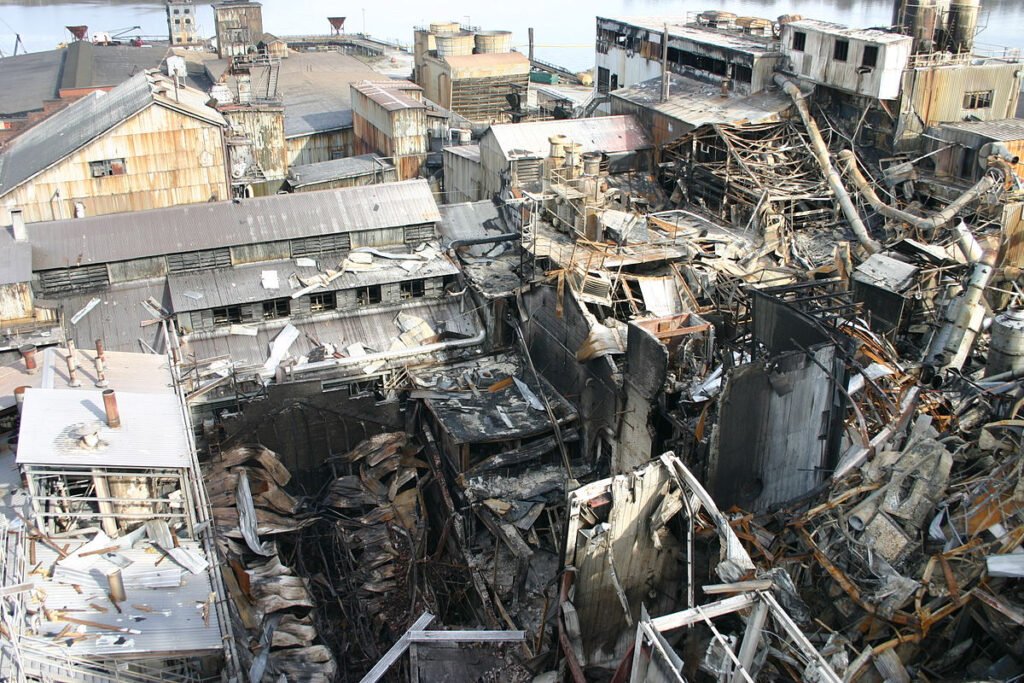EXPLOSION PROTECTION MEASURES / BASIS OF SAFETY
HACC can help define and characterise your operation’s Basis of Safety through Explosion Protection measures in order to meet your organisation’s risk tolerability or acceptance. This Basis of Safety assumes that there is a flammable atmosphere currently present with dust or gases, vapours or mists and there is a potential ignition source available to ignite the flammable atmosphere. The subsequent explosion is then handled in a safe manner using one of the following five (5) methods:

- Pressure Relief Venting – The main reason to use this Basis of Safety is to prevent structural breach of the containment vessel undergoing explosive loading. The explosion pressure is released safely from the containment vessel using prescribed pressure relief panels or explosion relief doors. These passive devices are sized correctly for the containment vessel volume and start to open at an explosion pressure much less than the structural breach pressure of the containment vessel in question. Position of the vent device outside and into a safe areas needs to be considered when using this system. Under EU legislation, all vent panels and explosion relief doors have to be type tested and certified suitable for use.
- Flameless Venting – This is effectively the same as the Pressure Relief Venting but an additional flame arrester element is added which extinguishes the flame and allows the pressure to be released. Venting efficiency is typically reduced due to the flame arrester element and therefore the vent area tends to have to be larger to accommodate for the reduced vent efficiency. Although more expensive, the positioning of the flameless vent is more versatile.
- Suppression Systems – This protection measure can be used when explosion relief is not an option or where the containment vessel in question is located away from an outside wall or where the process involves toxic materials. The suppression system is triggered by the detection of a rapid increase in pressure, where upon activation, the system injects at high pressure an inert gas or powder in to the containment vessel. This action quenches the explosion before it has sufficient time to expand enough to cause structural damage of the containment vessel in question.
- Containment of the Explosion – This is where the containment vessel, the ancillary pipework and ducting etc, have been designed to be sufficiently structurally robust enough to withstand the full effects of the gas, vapour, mist or dust explosion propagating internally.
- Isolation of the Explosion – In order to prevent the gas, vapour, mist or dust explosion from propagating into an area of unprotected plant, potentially causing dangerous secondary explosions, isolation may need to be considered. Isolation via quick acting isolation values in the piping or ductwork, using a similar pressure detection and activation device are typically used. The designer has to remember that the unprotected piping or ductwork needs to be sufficiently structurally robust to withstand the explosion in question. This technique should be used with the other explosion protection approaches described above.
